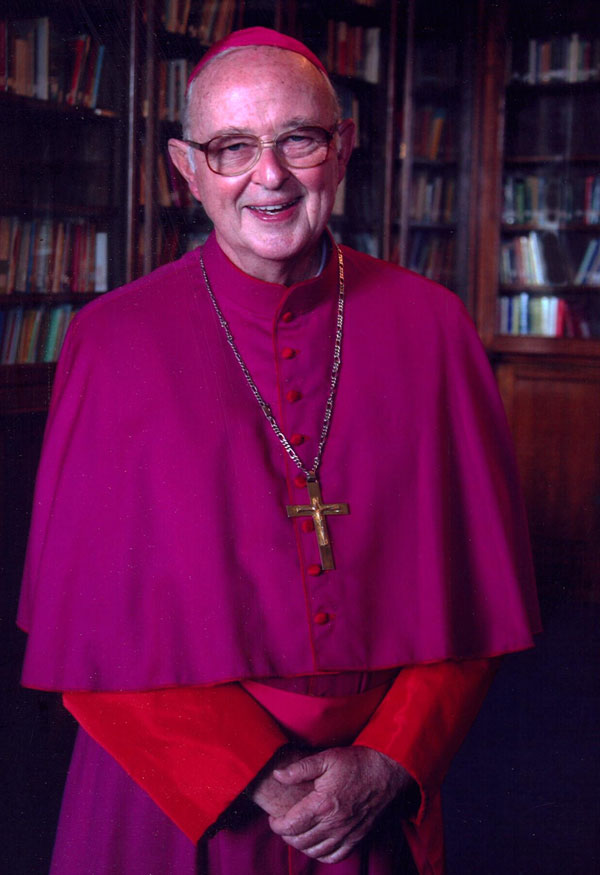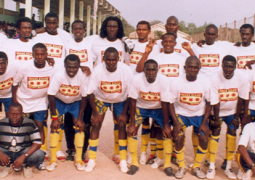
Most of the Resurrection stories in the four Gospels tell us that the disciples of Jesus failed to recognize him when he first appeared to them. I have often wondered why or how this could have happened. After all, there was a very short interval of time between the Last Supper and the various occasions when he appeared to them after he rose from the dead. Had he changed that much in appearance? True, it was no longer a mortal body that they saw but the glorified body of the Risen Lord. But then, did not Peter, James and John have that special privilege when they saw him transfigured on Mount Thabor – when they were given a glimpse of the Risen Christ in glory. That was an ecstatic experience never to be forgotten, so much so that Peter wanted to remain on top of the mountain. It was just like heaven on earth.
Then, as they came down the mountain, Jesus told them to say nothing about what they saw ‘until after the Son of Man had risen from the dead’. And still, they failed to put two and two together when the hour had finally come. St. Luke comments on this issue very simply: ‘SOMETHING prevented them from recognizing him’, when he describes the experience of the two disciples on the road to Emmaus. For them, at that moment, Jesus was dead and buried, gone forever, as far as they were concerned. There was no future for them to stay around Jerusalem. The man who was walking beside them along the road was just a stranger. Their hearts had become clouded and numb with grief. It was in fact something very normal, very human and understandable….
Whenever we meet people whom we know, we tend to see only what we expect to find. And we look only at the cover of the book. We cannot see the inside - the sadness and the brokenness that others carry around within themselves – especially during the loss of a very close friend. Most of us try to put on a brave expression – or even a smile. But rarely can we conceal the pain or sorrow on the inside. That is how Jesus found those two disciples as he joined them quietly along the road that first Easter Sunday evening. He was patient enough to allow them to pour out their sorrows and disappointment at the loss of the One in whom they had placed all their hopes. And when they had finished telling him their story, he began to tell them his own story, ending with the words: ‘Was it not necessary that the Christ should suffer and so enter into his glory’? Love is patient, love is kind and love is gentle.
As soon as the Risen Lord had vanished from their sight, the disciples looked at each other and said: ‘Were not our hearts burning within us as he spoke to us on the way’? In the words of the Tantum Ergo hymn we sing: Sight is blind before God’s glory, faith alone can see His face (Praestet fides supplementum, sensuum defectui). It is clear that the disciples were slow to believe that Jesus had risen form the dead. They simply were not expecting this – in spite of the fact that He had told them several times that this would happen. It took some time before the first Christian community could come to believe fully in this great mystery of the Resurrection: the triumph of life over death. Sometimes we may be tempted to criticize them or look down on them being so slow and dull as they struggled to come to terms with this mystery.
In Europe today, people question the whole idea of a life AFTER death; is there such a thing? For many Africans, it is the very opposite: is there a life BEFORE death – meaning a quality of life that is truly human, that is worthy of the dignity of every man, woman or child? Too many people seem destined to live in such horrific or inhuman conditions? And so we are tempted to stand back feeling helpless and hopeless in such situations.
The Easter message is the story of a gifted young man called Jesus of Nazareth - a man of unique integrity and commitment. And for that very reason, he met with a lot of opposition. At a certain moment in his life, he could sense what lay ahead for him. And so he spoke to his disciples: ‘There is a baptism I must still receive and how great is my distress until it is all accomplished’. Did he feel a sense of total failure on the cross as he found himself condemned to death by the very religious authorities to whom he, as a Jew, was subject? Was his cry from the cross ‘My God, my God, why have You forsaken me?’ a cry from the depths of his being or simply a prayer from one of the psalms?
For those who believe, there is no worse pain than to feel abandoned by God himself. Jesus had to go through this bitter human experience. But that was not the end…..The Easter message tells us that light has overcome darkness; that love has overcome hatred; and that life has overcome death. ‘Death has been swallowed up by victory’, is the way in which St. Paul puts it. This is a victory we all hope share in. God is greater. God is always greater than our sinfulness, our failures and our feelings of despair. It is my prayer that we may discover a renewed sense of joy and hope as we celebrate once again the Easter mystery. And may God bless and protect all of you and your families today and always. AMEN.
MOST REVEREND
+ Robert P. Ellison
Bishop of Banjul.


